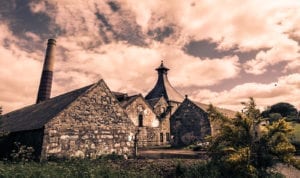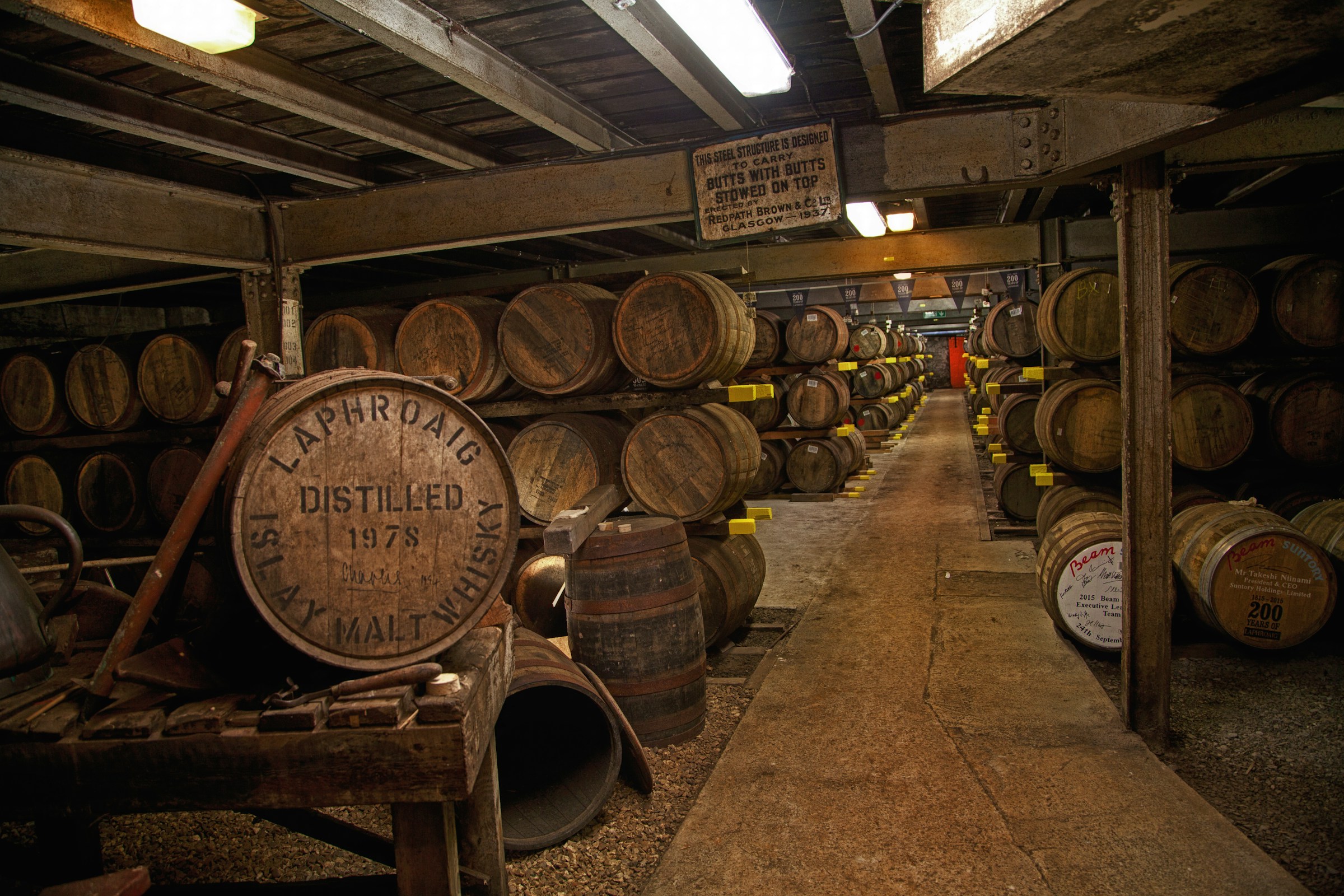Brora Distillery information
In 1819, the Brora distillery in the town of the same name is built by the Marquis of Stafford, who later on became the Duke of Sutherland. The duke and his Duchess owned large areas of land, and forcefully removed farmers from it, in order to have the distillery built. Originally, the GBP 750 distillery was named Clynelish, and it operated under that name until 1968. We will come back to the renaming in a moment, but let us explore some of the history of the distillery first.
The first decades of its existence, the distillery struggled. Numerous subsequent licensees failed and ended up going bankrupt. They include James Harper, John Matheson, Andrew Ross and George Lawson among others. However, the quality of the spirit produced was good, and was quite popular both locally and within the UK, but also abroad.
Finally some success

In 1896, James Ainsley & Co., whisky blenders located in Glasgow, acquired half the stocks of the distillery, with the other half owned by John Risk. Risk previously owned the Falkirk based Bankier distillery. Under their ownership, the distillery was rebuilt, and the quality of spirit produced as well as the reputation of the Brora distillery slowly improved. Around the turn of the century, the distillery struggled, due to the global whisky crisis triggered by the Pattison crash.
In 1912, John Risk, working together with Distillers Company Ltd. (DCL), takes over full ownership of the distillery. In 1916, John Walker & Sons Ltd. also became shareholders, and in 1925 and 1930 Risk is bought out altogether. In 1930, DCL becomes the sole owner of the distillery. DCL then is absorbed into Scottish Malt Distillers Ltd. (SMD). Brora was mothballed between 1931 and 1939, but produced small amounts of spirits while WW2 raged over Europe.
A new Clyenelish distillery
Brora was switched to steam heating for the stills in 1961, and electricity was also installed in the 1965s, replacing the old water wheel. As noted before, the distillery initially operated under the name of Clynelish. However, in 1967 work started on a second distillery with 6 stills next to the existing one. When that went into production in 1968, the new distillery initially operated under the name Clyenlish 2 (Or Clynelish B). The older one was initially closed, only to reopen in 1969.
When it reopened, the whisky produced was heavily peated. This was to compensate the lack of whisky coming out of Caol Ila at the time, due to a rebuilding of that distillery. After the rebuilding finished and Caol Ila resumed production in 1973, the amount of peat used for Brora started slowly declining, with more peaty expressions still released every so often. In 1975, new legislation required that no two distilleries could operate under the same name, and Clynelish 1 was renamed to Brora.
Closed
It continued operating until March 1983, when the distillery was closed altogether. After the closing, Brora became somewhat of a cult whisky, with prices shooting up over time. Recently released bottles are taken from existing stock.
In October 2017, Diageo announced plans to reopen the Brora distillery, along with Port Ellen, hoping to resume production by 2020.
Brora whisky
Most whisky produced found its way into blends. However, a steady release of Single Malts also was released. Some memorable ones include:
- 24 Year Old, distilled in 1977. Rare Malts release.
- 30 Year Old, distilled in 1976. Independent bottling, released by Douglas Laing.
- 30 Year Old, released in 2010. 9th release.
- 32 Year old, released in 2011. Limited to 1,404 bottles.
- 44 Year old, distilled in 1972. The oldest whisky ever released from Brora. This can explain why a bottle of it was sold for over GBP 14,000.
Distiller info:
Distillery info:
| Name | Brora |
| Region | Highland |
| Logo | |
| Status | Closed |
| Founded | 1819 |
| Water source | Clynemilton burn |
| Owned by | Diageo |
| Address |
Brora Distillery +44 (0) 1408 623000 |
| Visitor centre | N/A |
| Website | N/A |
| N/A | |
| N/A | |
| Community | N/A |
| Map |
Distillery Setup:
Component |
Capacity |
Quantity |
|---|---|---|
| Mash tun | 6.8 tonnes | 1 |
| Washback | 20,000 litres | 6 |
| Wash still | 13,500 litres | 1 |
| Spirit Still | 13,500 litres | 1 |
| Expected yearly output in LPA (Litres of pure alcohol) | 1,000,000 |
